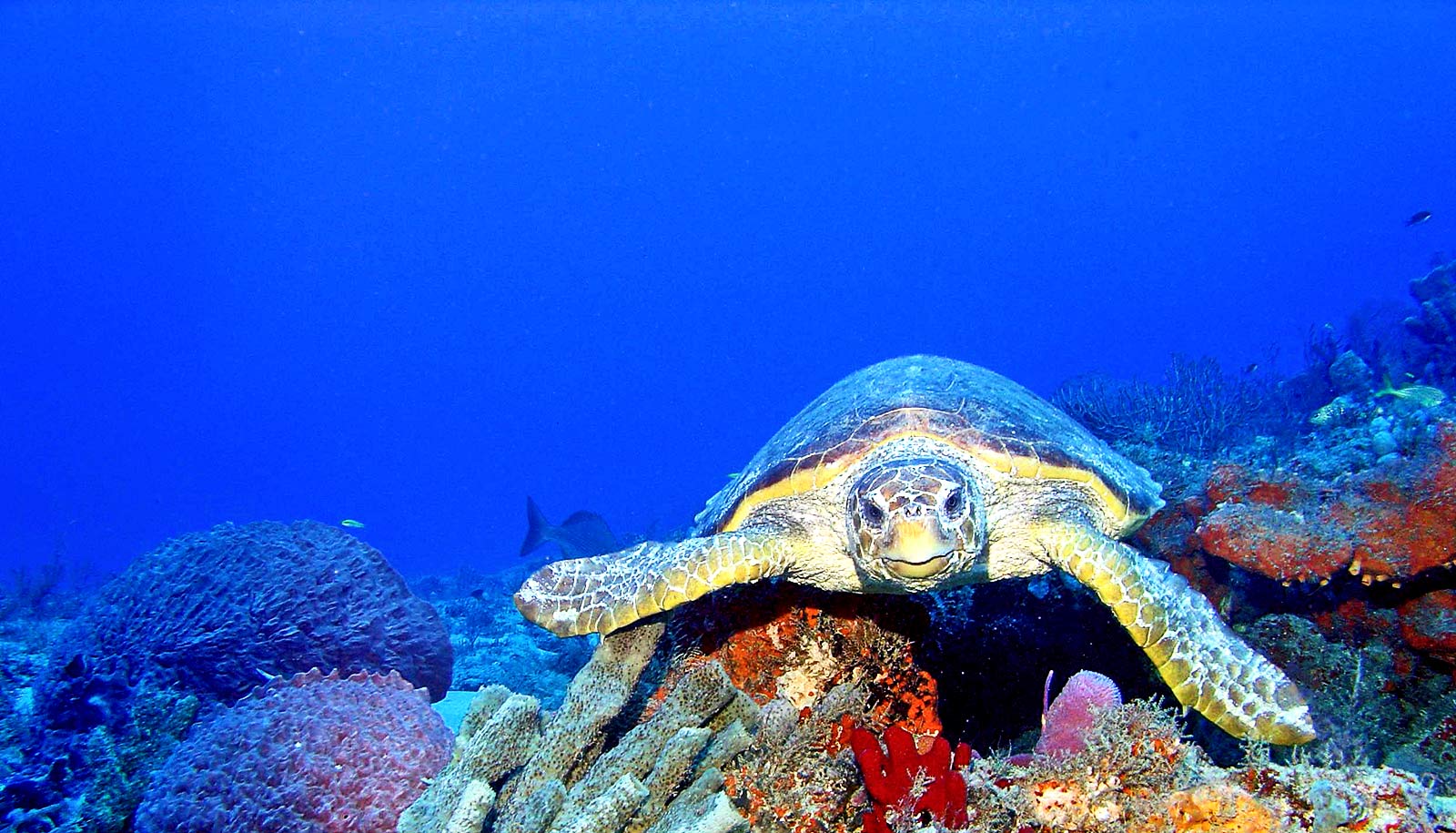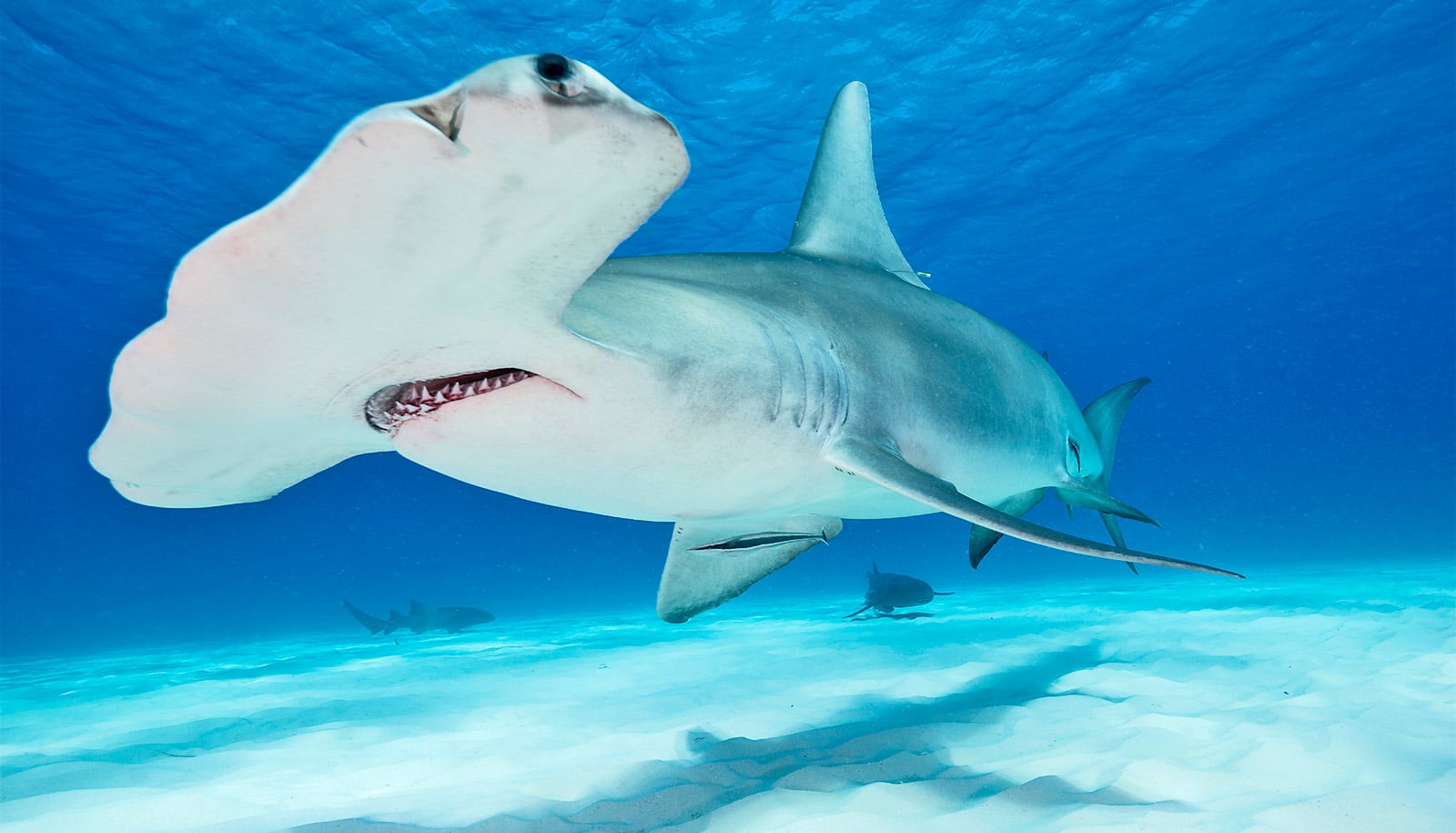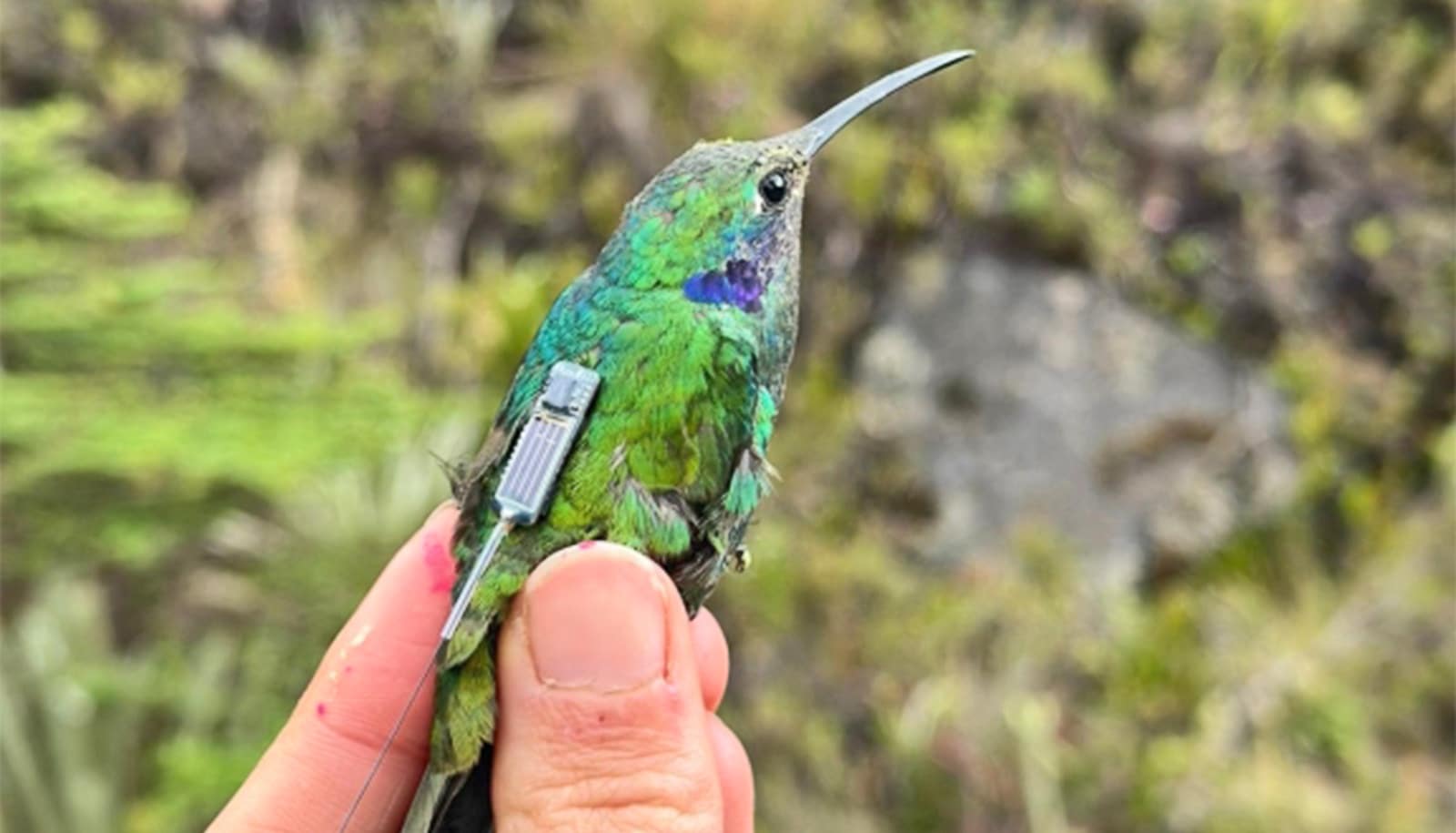Loggerhead sea turtles that nest on beaches with similar magnetic fields are genetically similar to one another, according to a new study.
“Loggerhead sea turtles are fascinating creatures that begin their lives by migrating alone across the Atlantic Ocean and back,” says Kenneth Lohmann, professor of biology at the University of North Carolina at Chapel Hill.
“Eventually they return to nest on the beach where they hatched—or else, as it turns out, on a beach with a very similar magnetic field.”
The research, that appears in Current Biology, provides valuable insight into the turtles’ navigation and nesting behaviors that could advance future conservation efforts.
Key takeaways include:
- Magnetic fields are the strongest predictor of genetic similarity among nesting loggerhead sea turtles, regardless of the geographic proximity or environmental traits of nesting beaches.
- The findings support previous research which indicated that adult loggerhead sea turtles use magnetic fields to find their way back to the beach where they themselves hatched. The new research implies that sometimes the turtles mistakenly nest at a different beach with a similar magnetic field, even if that beach is geographically far away from the beach on which they hatched—like on the opposite coast of Florida.
- Conservation efforts should consider the importance of a beach’s magnetic field for attracting loggerhead sea turtles. Sea walls, power lines, and large beachfront buildings may alter the magnetic fields that turtles encounter.
Sea turtles make more nests on tidy beaches
“This is an important new insight into how sea turtles navigate during their long-distance migrations. It might have important applications for the conservation of sea turtles, as well as other migratory animals such as salmon, sharks, and certain birds,” Lohmann says.
Biologist J. Roger Brothers is coauthor of the paper.
Source: UNC-Chapel Hill



